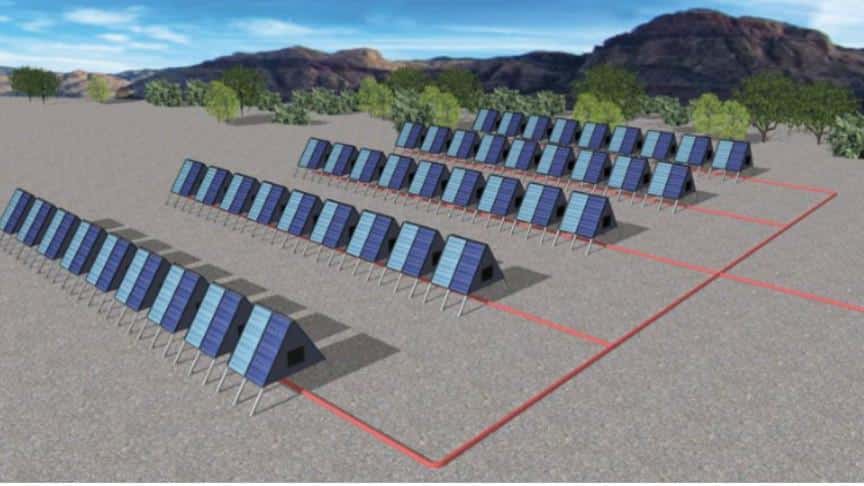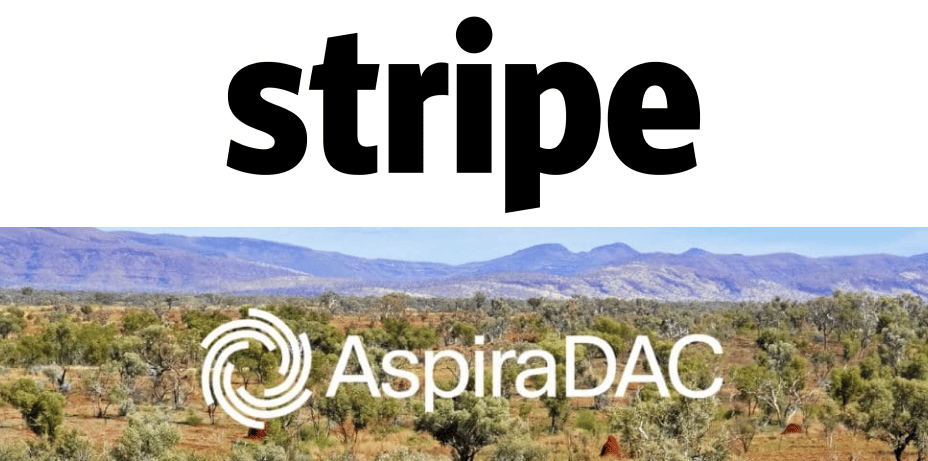A solar-powered and tent-sized direct air capture (DAC) technology secured a $700,000 contract to capture and store carbon.
The Australian firm AspiraDAC is deploying the DAC machine that sucks in carbon dioxide directly from the air. The carbon capture machine is built around a sponge-like substance and so the name.
AspiraDAC was able to close the deal with its first customer, Stripe, aiming to install it this year. Stripe bought the technology via Frontier. It’s a financial partnership between the owners of Google and Facebook, Alphabet and Meta, as well as Shopify, McKinsey and other big firms.
In April, Frontier committed to spend US$925 million on carbon removal projects over the next 9 years. In its first major purchase where Stripe is part of, AspiraDAC is one of the 6 firms to win the funding.
100% Solar-Powered DAC Technology
Southern Green Gas developed the world’s first solar-powered DAC technology. AspiraDAC has an exclusive license to the machine that was completed in partnership with the University of Sydney.
The Sydney team of scientists and researchers is one of the 15 winners of the Musk-funded $100M XPRIZE competition. It aims to scale up carbon removal projects.
The team’s DAC technology uses a sponge-like substance that traps CO2 when air passes through it. Fans draw in the air into the carbon sponge canisters while heat extracts the pure CO2.
The best part is that this DAC technology works using 100% solar power. The solar panels covering the machines like an A-frame tent shown below supply all the power.

AspiraDAC’s goal for this compact and modular design is to lower the cost to below $20 per ton of CO2 captured and stored.
While the amount of CO2 reduced under the deal with Stripe is minor, the firm believes it’s a huge step forward for the industry. Its Executive Director, Julian Turecek said that:
“What Frontier sees in AspiraDAC is the enormous potential in the range of technology developments we are ready to scale in the carbon removal sector… The DAC solar-powered modules in this project are at the heart of the agreement with Frontier, being a global-first use of this technology.”
How can DAC tech help fight global warming
Using carbon capture technologies alone won’t resolve the climate crisis. But big commitments and support from carbon removal initiatives like Frontier can help ramp up development in the sector.
Other large tech companies like Microsoft and Shopify are also pouring their money in carbon removal projects.
- Right now, AspiraDAC plans to deploy about 180 of its solar power DAC technology at US$1,000/ton of captured CO2. Together, they will capture and store about 500 tons of CO2 by 2027.
Given its design, the facilities of AspiraDAC’s carbon sponge are relatively small compared with other DAC systems. This means it can capture similar CO2 emissions with less than 90% of the area needed for other DAC programs to work.
Plus, solar power runs the DAC technology which makes it even more climate-friendly. Australia has a huge solar energy potential, making it a perfect location for DAC projects.
If developed on a global scale, the project can bring the carbon removal capacity to a megaton level within the next decade.
So if used along with carbon emissions reductions, DAC can help achieve climate goals. In fact the amount of DAC capacity is rising fast to help the world reach net zero emissions by 2050.
- But to do that, DAC technologies need to capture ~85 million tons of CO2 in 2030 and 980 million in 2050.
Though AspiraDAC didn’t reveal yet the site or storage of its carbon sponge DAC project, the guess is that it will be in Moomba, South Australia.
The project is under testing phase and will begin construction later this year.

